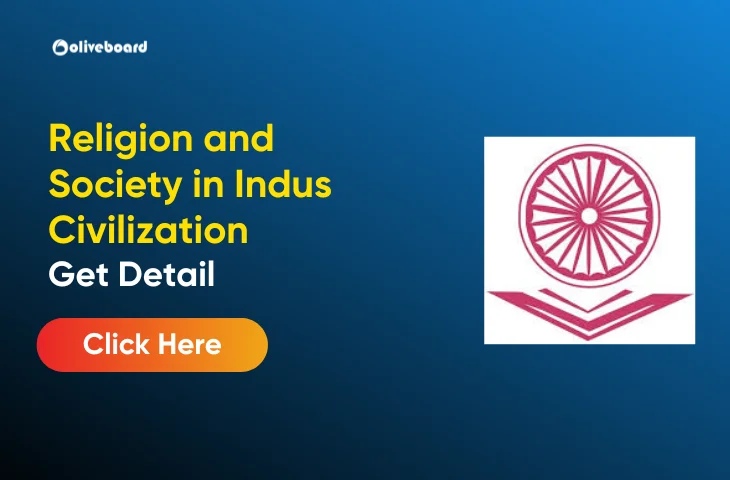Religion and Society in Indus Civilization: The Indus Civilization, also known as the Harappan Civilization, thrived around 2500 BCE to 1900 BCE in what is now Pakistan and northwest India. It was one of the world’s earliest urban cultures, renowned for its advanced architecture, urban planning, and social organization. Understanding the religion and society in Indus Civilization is essential for grasping how these ancient people lived and interacted with their environment and each other.
Overview of Indus Civilization
- Time Period: 2500 BCE – 1900 BCE
- Location: Present-day Pakistan and northwest India
- Major Cities: Harappa, Mohenjo-Daro, Dholavira, Lothal
- Key Features: Urban planning, drainage systems, standardized weights and measures, and a script that remains undeciphered.
Social Structure in Indus Civilization
Hierarchical Society
The society of the Indus Civilization was structured in a hierarchy, likely comprising different classes. Although there are no written records to provide detailed insights, archaeologists have made inferences based on the archaeological findings.
Class System
- Elite Class: This class included the rulers, priests, and wealthy merchants. They likely had significant control over the political and economic aspects of society.
- Middle Class: This group consisted of artisans, skilled laborers, and traders. They played a vital role in the economy through their craftsmanship and trade activities.
- Lower Class: The lower class included laborers and possibly those involved in menial jobs. Their living conditions were less favorable compared to the upper classes.
Gender Roles
Gender roles in the Indus Civilization are not explicitly known, but evidence suggests that women held an important place in society. Artifacts like terracotta figurines indicate that women may have been involved in various domestic and possibly economic activities.
- Women’s Roles:
- Likely engaged in textile production and pottery.
- May have participated in religious rituals.
Religion in Indus Civilization
Polytheistic Beliefs
The people of the Indus Civilization practiced a form of polytheism, worshipping multiple deities. The exact nature of their gods and religious practices remains a topic of research, but some common elements have emerged.
Deities and Rituals
- Mother Goddess: Figurines resembling a mother goddess suggest the significance of fertility and motherhood in their belief system.
- Nature Worship: Evidence indicates a reverence for natural elements, possibly linked to agricultural practices.
- Ritual Practices: Archaeological findings suggest that rituals may have included fire altars and possibly water purification practices.
Religious Symbols
Artifacts such as seals, pottery, and figurines have provided insights into the religious symbols used in the Indus Civilization.
| Symbol | Description |
| Swastika | Common symbol representing good luck and prosperity. |
| Unicorn Seal | A seal featuring a unicorn, possibly representing a deity or sacred animal. |
| Terracotta Figurines | Figurines depicting women and animals, possibly linked to fertility rituals. |
Sacred Sites
Indus Civilization sites often included structures that may have been used for religious purposes.
- Great Bath at Mohenjo-Daro: This large, public bathing area is believed to have had ritual significance, possibly linked to purification practices.
- Fire Altars: Excavations have revealed platforms that may have served as altars for conducting fire rituals.
Economic Influences on Religion
The economy of the Indus Civilization was based on agriculture, trade, and crafts. This economic structure influenced their religious beliefs and practices.
- Agricultural Reliance: The importance of agriculture likely influenced fertility-related rituals, emphasizing the need for good harvests.
- Trade Networks: The extensive trade networks could have facilitated the exchange of religious ideas and practices with neighboring cultures.
Comparison with Other Ancient Civilizations
The religion and society in Indus Civilization shares similarities and differences with other ancient civilizations, such as Mesopotamia and Egypt.
| Feature | Indus Civilization | Mesopotamia | Ancient Egypt |
| Religion | Polytheistic, nature worship | Polytheistic, anthropomorphic gods | Polytheistic, gods associated with nature |
| Social Structure | Hierarchical, class-based | City-states with aristocracy | Pharaohs with a rigid caste system |
| Ritual Practices | Possibly water purification | Offerings, rituals in temples | Mummification, elaborate burials |
Conclusion
The religion and society in Indus Civilization was characterized by a complex interplay of social hierarchy, gender roles, and polytheistic beliefs. The artifacts and archaeological findings provide a glimpse into their religious practices, which were likely intertwined with their daily lives and economic activities. Understanding these aspects is crucial for appreciating the rich cultural tapestry of one of the world’s earliest urban civilizations.
Key Takeaways
- The Indus Civilization had a hierarchical social structure with distinct classes.
- Religion played a vital role in their lives, with a focus on polytheism and nature worship.
- Important religious symbols and rituals emerged from their economic activities, particularly agriculture.
- Comparisons with other ancient civilizations reveal both unique features and commonalities.
This article highlights the significant aspects of religion and society in Indus Civilization, providing students with an informative and engaging overview of this fascinating ancient culture.
Religion and Society in Indus Civilization – FAQs
Ans. The Indus Civilization primarily practiced a form of polytheism, worshipping multiple deities.
Ans. Religion played a crucial role in shaping social structures, rituals, and daily life in the Indus Civilization.
Ans. While no large temples have been discovered, there are indications of ritual sites and possible altars in the urban planning of Indus cities.
Ans. Deities associated with fertility, nature, and animals were commonly worshipped, with some evidence suggesting a mother goddess figure.
Ans. The society exhibited a complex hierarchy, likely influenced by occupational roles, wealth, and religious positions.
Ans. Yes, the Indus people likely performed various rituals, including fire worship and offerings, as evidenced by archaeological findings.
- Ancient History of India – UGC NET History Notes
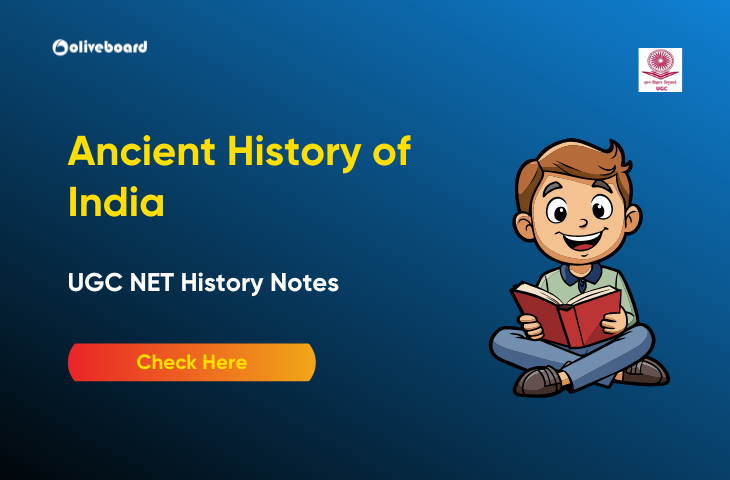
- Emergence of Regional Powers in Early Medieval India- UGC NET History Notes

- Emergence of Heterodox Sects – UGC NET History Notes
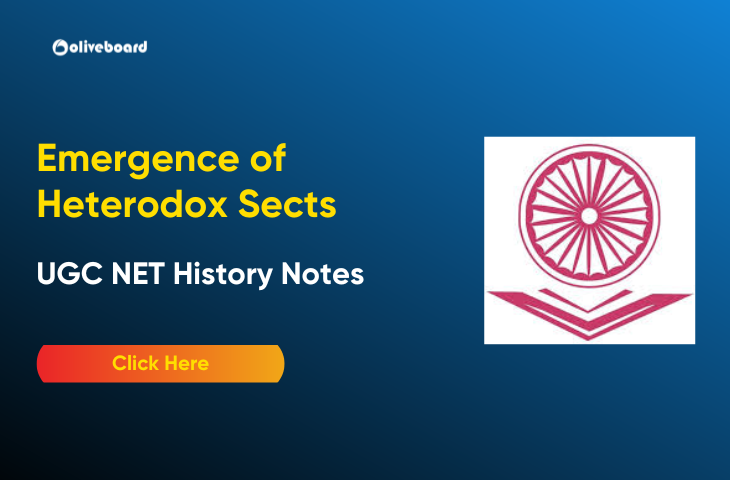
- UGC NET History Previous Year Question Paper, PDF Download
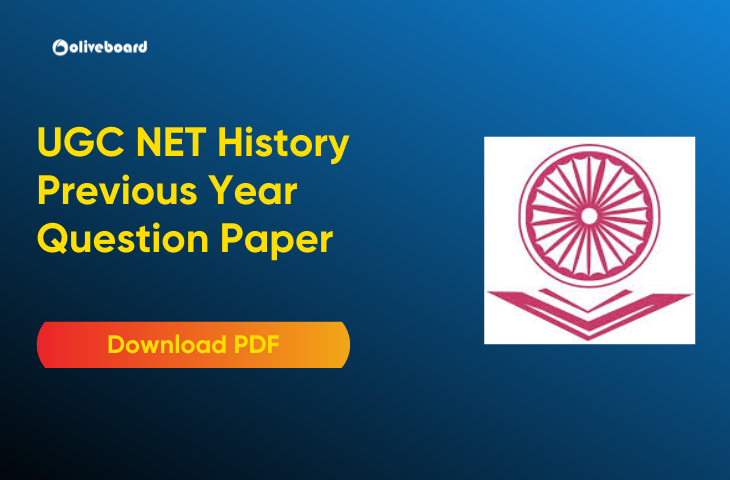
- Sangam Literature – UGC NET History Notes

- Mauryan Art and Architecture – UGC NET History Notes
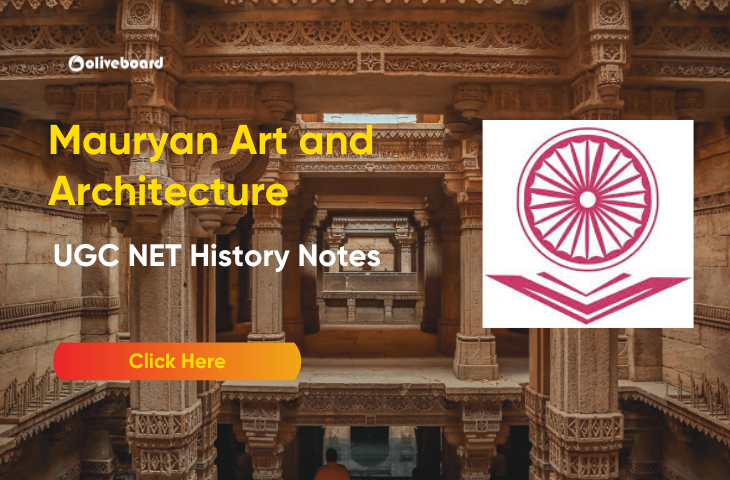

Hello there! I’m a dedicated Government Job aspirant turned passionate writer & content marketer. My blogs are a one-stop destination for accurate and comprehensive information on exams like Regulatory Bodies, Banking, SSC, State PSCs, and more. I’m on a mission to provide you with all the details you need, conveniently in one place. When I’m not writing and marketing, you’ll find me happily experimenting in the kitchen, cooking up delightful treats. Join me on this journey of knowledge and flavors!
